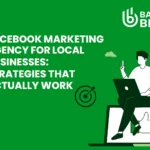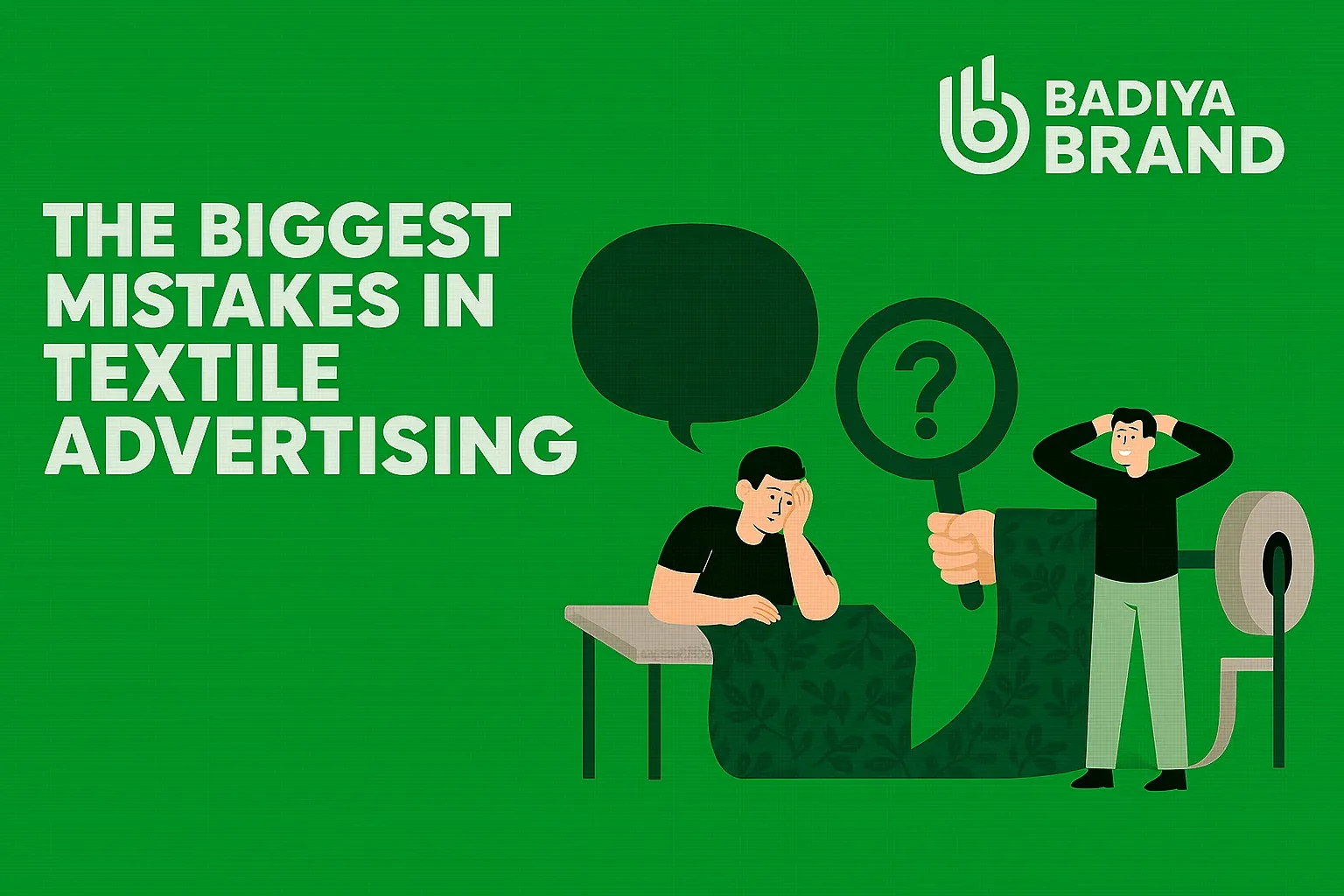
Table of Contents
Summary
By the conclusion of this blog, you will have learned the biggest mistakes made in textile advertising and you can pursue some easy and practical ways to overcome those mistakes, so that your next advertising campaign yields better results, builds a stronger brand image and ultimately connects with your audience.
Introduction
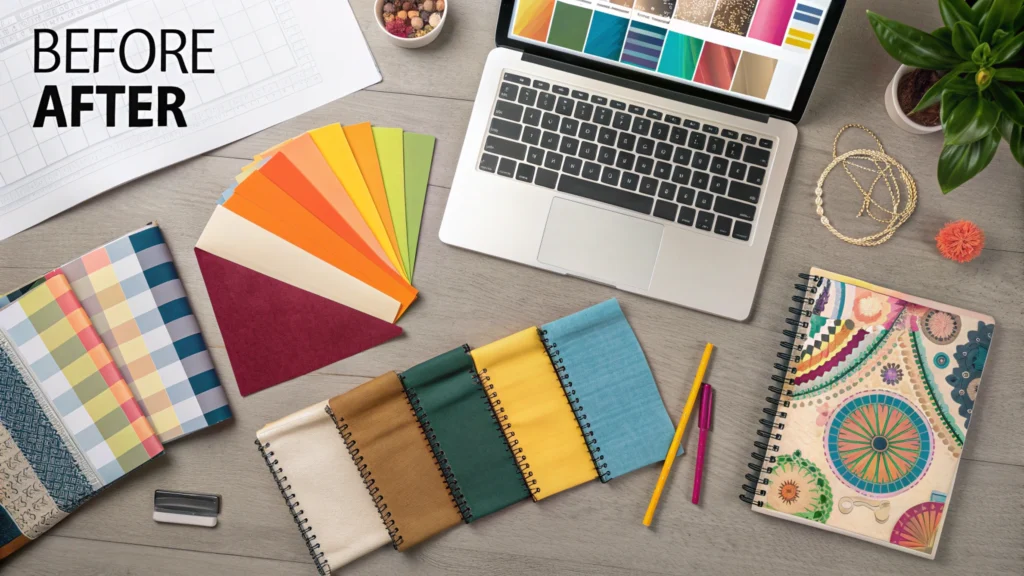
Advertising textiles involves all methods and forms of marketing textiles (fabrics, clothing, and other textile related products), through various marketing channels – including print advertising, social networks, at trade shows, and through digital campaigns. In other words, textile mills, exporters, and fashion brands use textile advertising to convey their story, show-off their collection, and connect with customers around the world.
In any textile brand, advertising isn’t about showing products; it’s about showing value. Good advertising will help a textile business differentiate itself in a crowded market, draw new customers in, and build trust with current customers over time.
Nonetheless, even national brands in textiles do things we all would agree are silly mistakes. They may invest in advertising that is the wrong platform, they may use visuals that don’t engage, or they may overlook emotionally connecting with their audience. These errors waste money, while they also undermine brand credibility, and reduce brand sales effectiveness.
Why Getting Textile Advertising Right Matters
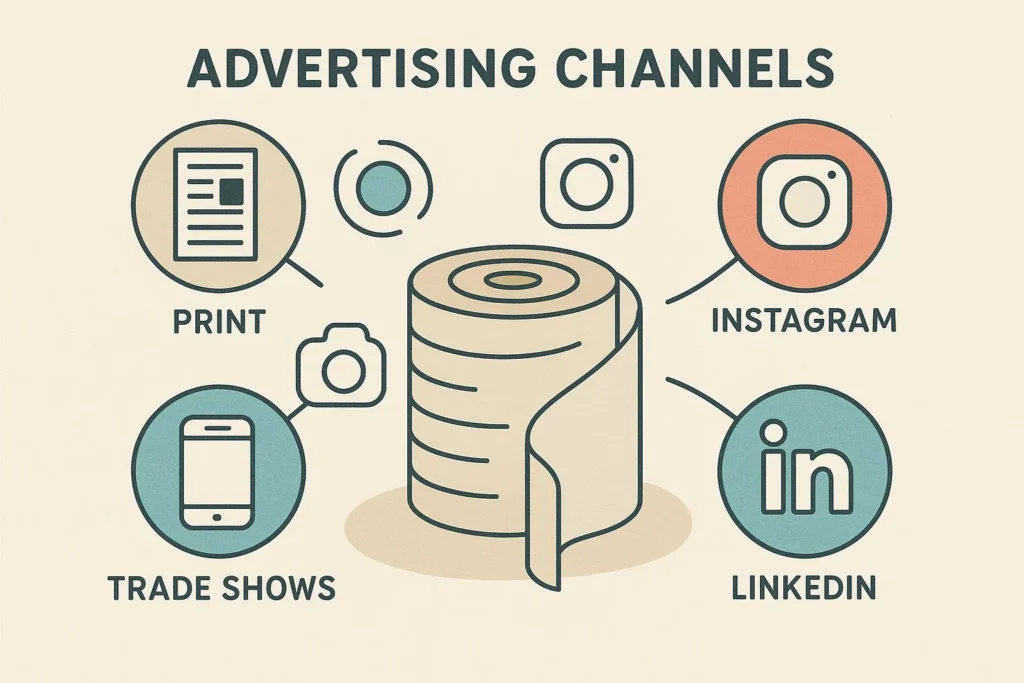
The textile industry is among the most visually oriented industries and competitive industries in the world. Buyers often make decisions on aesthetic appeal color, texture, and design. Whether you are a fabric mill, exporter or brand, how your product looks in advertisements directly impacts how the consumer feels about your ad.
The right advertising will establish trust and brand recall, as your visuals, tone, and message remain consistent; customers will begin to recognize your brand instantly. Gradually, that recognition becomes loyalty which leads to stable growth over the long term.
Conversely, ineffective textile advertising can be more damaging than not advertising at all. Within, poor images, messages, or weak campaigns can misrepresent your brand and confuse your audience. Worse, weak textile advertising can drain your budget without any tangible results.
For instance, think of a fabric manufacturer that runs very mundane advertisements, such as “Best Quality Fabrics,” and does not include a close-up of texture or weave or finish. This says nothing about the product’s uniqueness or feel – in the textile industry we know that images speak louder than words. This is why advertising that is smart and well planned is the difference between being noticed and being remembered.
Mistake 1 - Not Defining the Right Target Audience
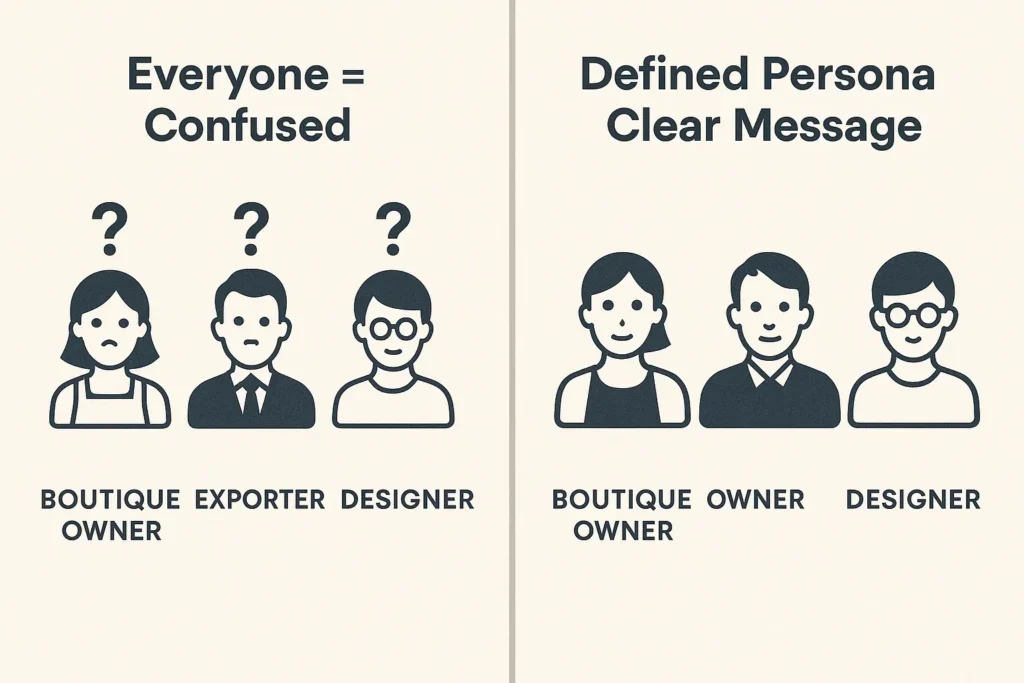
Many textile brand marketers make the mistake of trying to reach everyone from end consumer to wholesaler, exporter, and fashion house all with the same message. In marketing, when you try to reach everyone you ultimately connect with no one.
Knowing who you’re talking to changes everything about how your advertising message looks and feels.
- If your target is retail customers, your tone should be emotional and lifestyle driven to express how the fabric feels, drapes, or fits into fashion trends.
- If your target audience consists of exporters or garment manufacturers, focus on quality standards, consistency, and production capacity.
- If your target is fashion designers, you will want to highlight creativity, texture detail, or the uniqueness of material.
Each consumer audience adds value to something different, and your visuals/captions/call-to-action must capture that value difference.
Quick Fix:
Develop straightforward personas like “Boutique Owners,” “Garment Exporters,” “Fabric Retailers,” or “Interior Designers,” and write down the important things they were thinking about: their goals, challenges, and purchasing behaviors. Then you can shape your textile marketing around their needs instead of using a generic message.
Mistake 2 - Using Poor-Quality Images and Videos
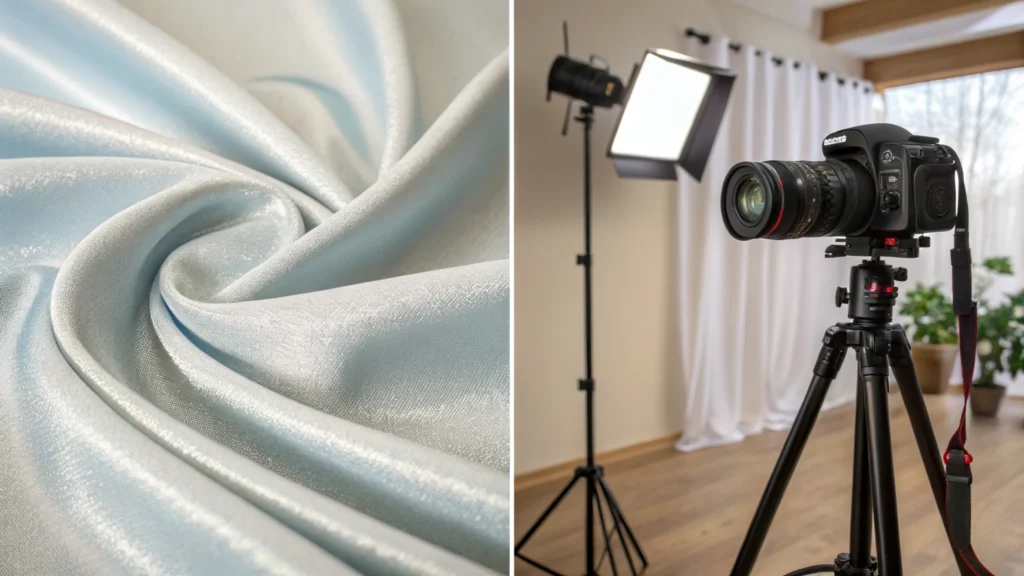
Attractiveness is all about the look and feel of textiles. Whether a fabric looks cool, shiny, or has some bounce to it truly matters to retain attention or switch it off. When brands use imperfectly taken and/or duller images, they are not articulating the desired characteristics of their fabric. Regardless of how good your offering is. If your target audience cannot visualize well the touch, perceived color, and overall quality of your fabrics they will quickly scroll past it.
Having high-quality photographs is hugely beneficial. Sharp focuses images that show the texture of the fabric, the richness of the color, and the drape of the garment assist the customer in visualizing what the fabric would look like in real life. It establishes an immediate trust and professionalism factor because it shows the customer that you care about structure as much as you care about production.
Quick Fix:
Using daylight or soft studio lighting when taking product images is ideal. Clean, neutral backgrounds are suggested to properly frame the fabric for the image. If possible, invest in professional photography or do your research and consider learning how to use a basic styling iron on the fabric, closely photograph texture, and maintain consistent light throughout the shoot. Small details matter and can assist to drastically improve the performance of your advertisement for textiles.
Mistake 3 - Ignoring Storytelling in Textile Advertising
The majority of textile advertisements display fabrics in the form of rolled items, sarees on mannequins, or material samples, and not much else that would evoke an emotional response in customers. Visuals are useful, but it is the background story of the fabric that makes for an advertisement worth remembering.
Telling a story helps make an ordinary ad something much more meaningful. For instance, if the ad read, ‘crafted by local artisans using age-old weaving techniques’, or they ‘wove this cloth with tradition and care’, this engages the emotions of the consumer. Your fabric now has a personality to which the buyer can relate. Emotions help the buyer take pride in wearing it or using it. This is how the consumer moves your product from a mere commodity to a product connected to culture or purpose in one simple phrase!
These subtle details allow customers to perceive your brand as something more than a seller of fabric; the brand becomes part of a culture or purpose.
Quick Fix:
Begin to incorporate brief narratives about the brand or behind-the-scenes snippets in your campaigns. Share your process of weaving, show the artisans who made the fabric, or detail some of the inspiration for each collection. Even a quick 10-second reel of threads and fabric come to life can add a level of engagement, trust and humanization to your textile marketing.
Mistake 4 - Overlooking Digital Channels
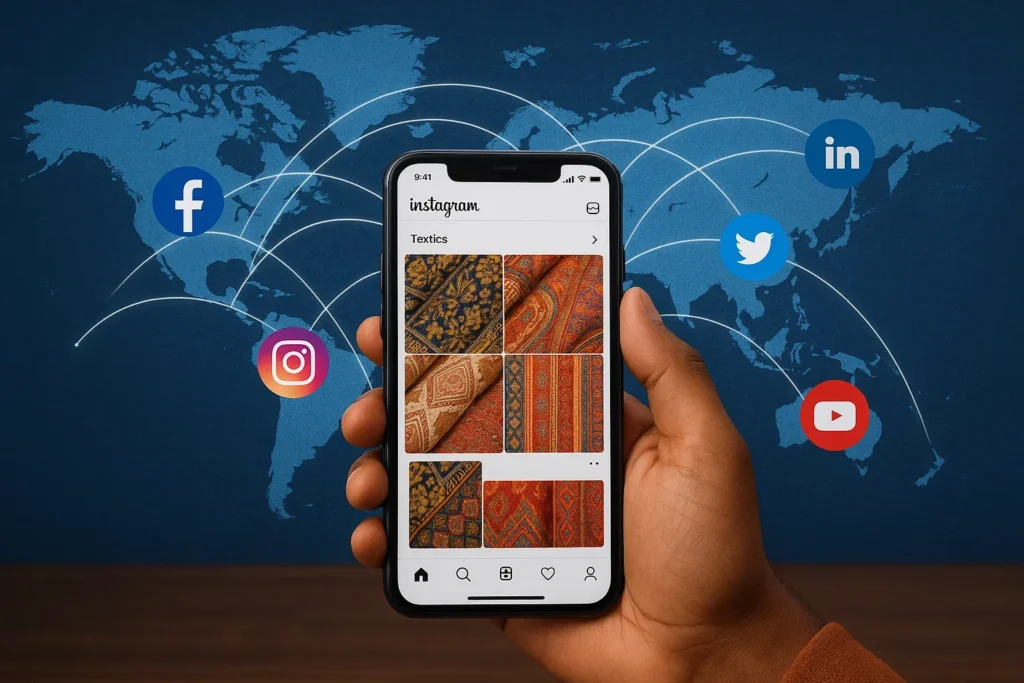
Most textile companies still rely solely on trade shows, exhibitions and hard-copies catalogues as physical promotional tools. While these methods may work locally, they restrict your reach and frequently miss today’s global audience. The world has shifted online as buyers, designers, and distributors look, compare, and connect digitally ahead of purchasing.
That is where digital textile advertising can really provide a benefit. With channels like Instagram, Google and LinkedIn, you can show your fabrics with audiences all around the city, country, and also such as garment manufacturers in Tiruppur, boutique owners in Mumbai or importers in Dubai, all from your laptop or phone. Online advertising provides data that lets you see views, clicks and inquiries so you know exactly what is working.
Quick Fix:
Begin with small steps by selecting one social media platform where your audience is active. Experiment with various visuals, short videos, and ad messages. Once you identify what is generating the most engagement, scale campaigns up slowly. A data-driven approach will empower you to grow more quickly, intelligently, and with a better ROI than traditional textile promotional efforts only.
Mistake 5 - Weak Call-to-Action (CTA)
Numerous textile campaigns close out their shared, marketing communication with a monotonous “Buy Now” or “Contact Us” button. It sounds neat, but it really does nothing to inspire your audience to get involved. A good CTA (Call-to-Action) is more than just a button, it is a soft contact that lets your audience know precisely what they should be doing and why they should be doing it.
For example:
For retail customers, offer engaging calls to action such as “See Fabric in Motion” or “Check out our New Collection.”
- For B2B prospects like exporters or garment makers, we suggest trying something like “Book a sample,” “Request a catalog,” “Talk to our Sales Expert.”
- These CTAs always feel more personal, clear and helpful – not as “sales-y.” The customer knows what to expect next – a sample, a catalog etc. and feels like they can take action easily.
Quick Fix:
Be direct, specific, benefit-driven, and identifiable in your call-to-action, or CTA. Use contrasting colors, to help it pop. Instead of asking them to purchase, ask, or provide access to, help, support, or inspiration getting your product is front of mind when making decisions is good! Simply changing the verbiage of the CTA will drastically improve your textile advertising conversions.
Mistake 6 - Not Tracking Results or ROI
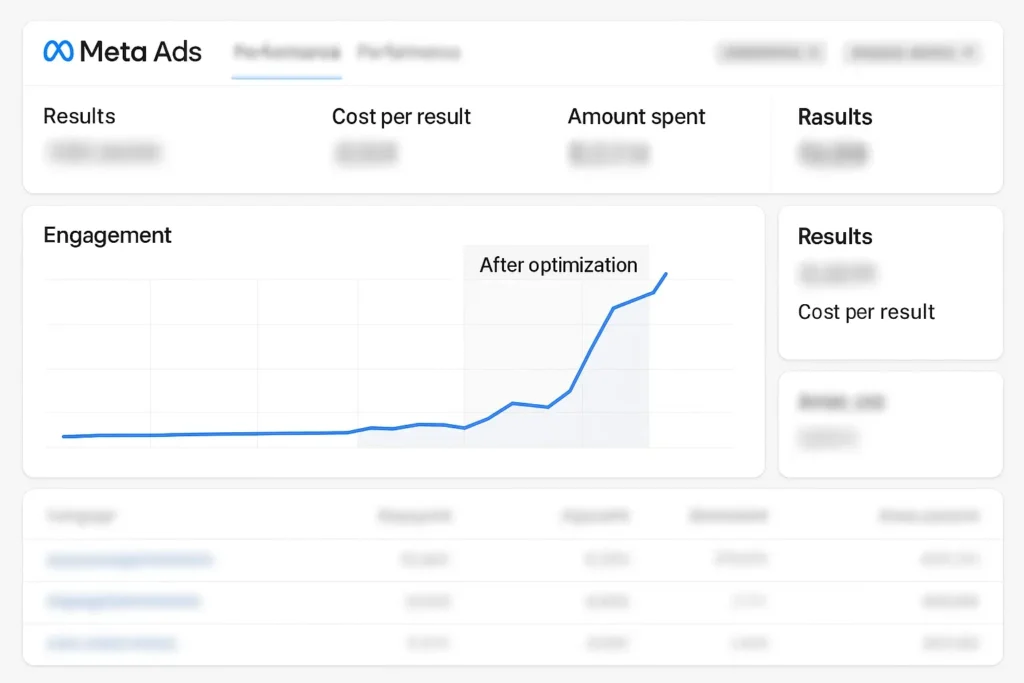
Countless textile companies spend money on advertising each month without knowing what’s actually working. They see views or likes, but can’t prove those ads result in inquiries or sales. If there has been no tracking in place, you’re probably advertising in the dark, hence wasting money and losing opportunities.
Monitoring performance is a vital part of making informed marketing decisions. Important metrics – such as click-through rate (CTR); a count of inquiries made; and a count of conversions made – help establish what works best for your audience. For instance, a video ad showcasing one fabric received twice as many inquiries as another; in this case, you will get a sense which creative or message connected with your audience. Eventually, using this data requires fewer resources and time for stronger campaigns.
Quick Fix:
Use tools such as Google Analytics, Meta Ads Dashboard or UTM tracking links to assess performance on your ads by monitoring traffic, leads, or sales. With tracking of performance, you can determine which ads are bringing in every rupee, traffic, leads, or sales, and adjust your spending based on performance. The more you are consistent with tracking, printing ads in textiles advertising will become data-driven, and you will be able to make sure that every rupee you spend is you working smarter rather than harder.
Mistake 7 - Inconsistent Branding Across Ads
Certain brands use various colors, fonts, or messaging in each campaign. One ad may be bold and modern, while the next feels traditional or completely mismatched. This lack of uniformity confuses viewers and dilutes your brand personality. If your ads do not appear or sound consistent, then your viewers will struggle to remember who you are.
Consistency in branding leads to familiarity and professionalism. When your audience starts seeing the same colors, logo placements, and tone of voice again and again, your audience will begin associating those visuals with your organization and the “sameness” will induce a sense of familiarity, which translates to trust. It is similar with all of the big names in textile or apparel; the brands that you see are all staged and look “the same” whether you’re at the mall, watching a commercial or seeing an advertisement. And that is the power of consistency.
Quick Fix:
Create a straightforward brand guideline, including the placement of your logo, your brand color palette, ideal fonts, and tone of communication. Create this visual guideline and use it for every single medium – website, Instagram, trade show, banners, or catalogues. Over time, this visual consistency will enhance your textile advertising and strengthen your apparent reliability of your brand for your buyer to clearly recognize you.
Mistake 8 - Ignoring Customer Emotions and Trust Signals
Textile buyers seek more than just good designs; they want a trusted partner who can deliver quality, consistency, and service on time. In an overwhelmed market with a lot of choices, trust is the most significant factor that separates you from your competitor.
This is why trust signals including customer testimonials, quality credentials, and behind-the-scenes videos are very important. When a prospective customer sees actual comments from happy customers or certifications (like ISO, OEKO-TEX, or GOTS), it creates instant confidence. Authentic transparency- like showing how raw yarn becomes finished fabric on the roll is also appreciated by customers today.
Quick Fix:
Use straightforward, clear trust statements in your ads or website banners, such as “Trusted by 500+ Garment Makers” or “ISO-Certified Mill.” Consider including a short video or carousel that depicts your factory process, quality inspection of packing, or quality control process when inputting the fabric into the machine during production. Authentic details create trust in your textile ads, which makes everything even more relatable, thereby increasing buyers feeling more confident in choosing your brand.
How to Build an Effective Textile Advertising Plan
- Identify Your Audience
Clearly identify whom you want to communicate with—boutique owners, garment exporters, designers, or retail buyers. By knowing their needs, you will be able to write messages for them directly.
- Choose Your Visuals & Message
Consider how you will present your fabrics. Use clear photographs, close-up photos, and clips that showcase the texture, shine, or in-use examples. The visuals should match with a transparent, emotional message that represents your brand tone.
- Decide on Your Channels
Avoid trying to be present in everything. To start, develop content for one or two channels where your audience is present, for example Instagram for visual engagement, or LinkedIn for B2B buyers.
- Analyze Performance
Keep an eye on what works. Check performance metrics from Meta Ads or Google Analytics, or view your website data to see which ads drive real leads or inquiries.
- Improve Continuously
Keep testing new images, headlines and offers. Little changes to video ad lighting or a new ad format can lead to steady improvement over time.
Conclusion
In today’s fast-paced textile world, textile advertising is more than simply showcasing a fabric, it’s about demonstrating your brand’s story in a way that generates trust, connection, and recall. Everything from identifying your audience to maintaining consistent branding, all the small details can impact how a buyer perceives and remembers you.
Steering clear of these typical mistakes can help to make your ads feel more polished and powerful instantly. Whether you’re a small textile manufacturer or a larger exporter, you’ll grow a stronger business each season by giving careful consideration to the visuals you select, the messaging you employ, and the results you see.
At Badiya Brand, We help textile clothing manufacturers develop strategic ad tactics that appeal to their ideal customers, with a combination of creativity and data to create real business success.



